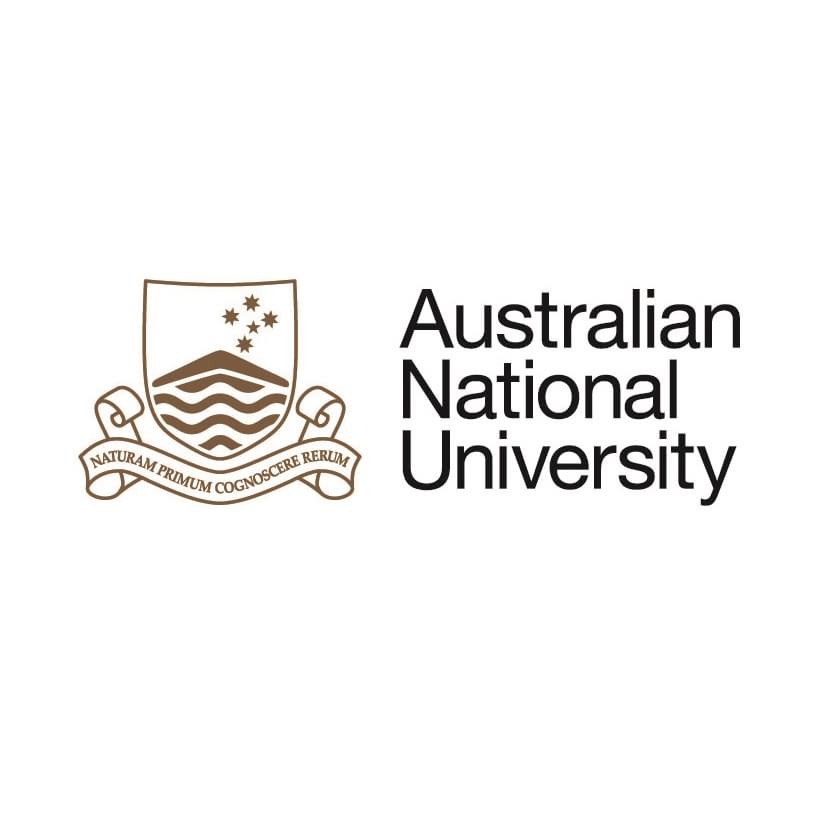Full description
Abstract: The Woodland Restoration Plot Network Winter Bird Survey Data Package contains bird point count survey data for thirty 0.1 hectare sites which were established on retired farmland that includes a mosaic of restored vegetation (native plantings) of varying ages juxtaposed with patches of remnant vegetation and untreated, abandoned pasture. All sites were originally woodland prior to agricultural development about 200 years ago. The Woodland Restoration Plot Network research plots commenced in 1992 and have been revisited every 3-4 years since 2001. A synopsis of related data packages which have been collected as part of the Woodland Restoration Plot Network’s full program is provided at https://doi.org/10.25911/5c36e5688ff89. Greening Australia, pers. comm.). All sites were slashed and sprayed with glyphosate before planting was undertaken. Twenty-six indigenous trees and shrub species, propagated to tubestock from local seed sources, were planted mechanically in rows after the pasture began to break down. The mix of planted species varied across the landscape, the aim being to match species with soils and topographic positions occupied by their wild populations. All plants were weed matted with a recycled paper disc and surrounded by a protective plastic sleeve. Maintenance sprays of glyphosate were applied in spring and autumn for two-three years after planting to reduce competition from weeds in the vicinity of plants. To reduce the risk of fire, mechanical slashing was carried out amongst the plantings and hazard reduction fires were lit in areas surrounding plantings at approximately annual intervals. Since the late 1990s, cattle have been reintroduced into the southern areas of plantings, but fencing has been constructed to exclude livestock from some restoration areas and remnants (D. Williams, Greening Australia, pers. comm.). Cattle continue to be excluded from the northern areas of plantings. The study landscape therefore comprises a mosaic of patches including untreated pastures, remnant woodlands with various histories of past disturbance and a chronosequence of restoration plantings with dates of origin from 1992 to 2002. The aims of the study design were to sample management treatments (untreated pasture, the chronosequence of restored vegetation and remnant woodland) across four primary locations (Hoxton Park, Plough and Harrow Property, Western Sydney Regional Park and Prospect Reservoir). A fully randomised orthogonal sampling design was not possible because all management treatments were not represented at each of the four primary locations. Sample sites representing different management treatments were therefore situated haphazardly within patches, to sample areas with similar topography (upper and mid slopes) to minimise environmental variation that may potentially confound management effects. The first set of vegetation surveys were carried out in 2001 (25 sites), with repeat surveys of new haphazardly selected sites to sample the same patch types in 2004 (54 sites), 2009 (24 sites) and 2012 (30 sites). The total number of sites varied between surveys depending on available resources, but the proportional stratification among patch types and ages remained the same. Invertebrates were sampled in late 2002 and 2009. Soils were sampled in 2010 by collaborators at UWS. A survey of avifauna commenced in 2013. Study extent: The study site is located on retired farmland that includes a mosaic of restored vegetation (native plantings) of varying ages juxtaposed with patches of remnant vegetation and untreated, abandoned pasture. During their period of pastoral management (prior to 1990), the sites have been grazed by cattle, fertilised and planted with exotic pasture grasses, particularly Phalaris species. All sites were originally woodland prior to agricultural development about 200 years ago. Restoration projects commenced in the area in 1992 with a stated goal of ‘re-establishment of native vegetation’ (Perkins 1997). The restoration plantings were carried out in a pattern designed to connect remnant patches of woodland, which were also the primary sources of seed for tubestock. To evaluate success against the above goal, we therefore identified the remnants as suitable reference sites to which the restored sites were expected to increase their resemblance in composition and structure over time. Disturbance resulting from past agricultural practices in the area have impacted upon remnant patches to varying degrees, but these were the best available examples of native woodland in the region. Untreated pasture is defined as a control, from which restored sites are expected to become increasingly dissimilar in species composition and vegetation structure with time. The Woodland Restoration Plot Network research plots commenced in 1992 and have been revisited every 3-4 years since 2001. Project fundingCreated: 2014-12-01
Data time period: 2014
text: Western Sydney Parklands (Western Sydney Regional Park), Australia
Subjects
ANIMALS/VERTEBRATES |
BIOLOGICAL CLASSIFICATION |
Biological Sciences |
Birds |
EARTH SCIENCE |
Ecological Applications |
Ecology |
Environmental Sciences |
LTERN Monitoring Theme:Birds |
LTERN Monitoring Theme:Invasive animals |
Winter Bird Survey Data |
Woodland Restoration |
Zoology |
keyword:Abandoned pasture |
keyword:Bird point count |
keyword:Farmland |
keyword:Native plantings |
keyword:Originally woodland |
keyword:Remnant vegetation |
keyword:Restored vegetation |
User Contributed Tags
Login to tag this record with meaningful keywords to make it easier to discover
Identifiers


